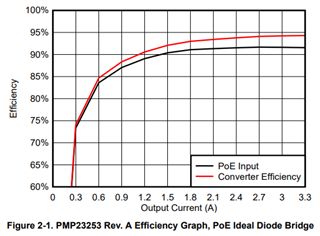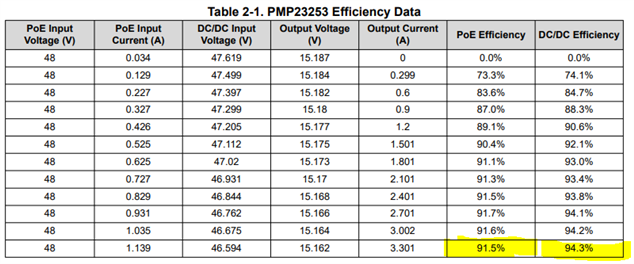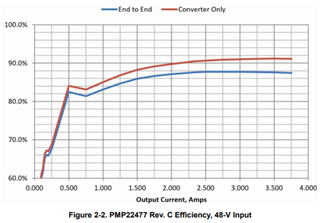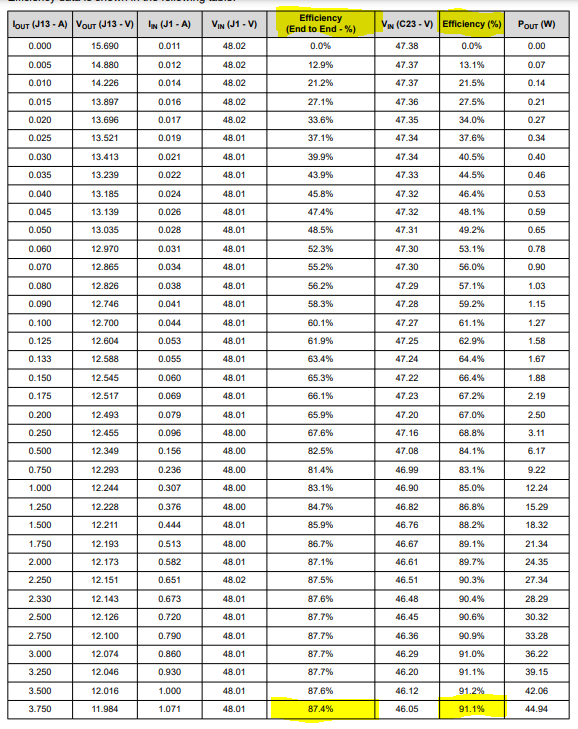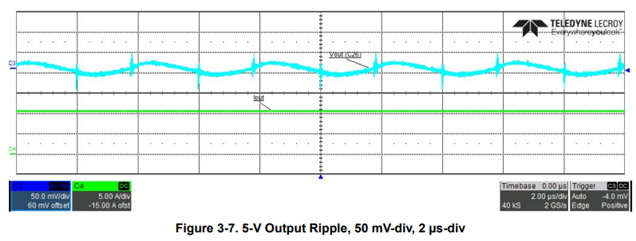Other Parts Discussed in Thread: PMP23253, PMP22477
We would like to use TPS23730 to design a 5V,51W O/P PoE Design.
Leaving the Cost & Space tradeoff can you please provide us the difference in "Efficiency" & "Power Dissipation" between below two topologies for a 5V,10A PoE design.
1)Flyback Self Driven Synchronous SSR
2)Active Clamp forward
If any other performance related parameters plays a important role between the above two topologies please include them also.
And also please let us know whether using TPS23730 with "Flyback Self Driven Synchronous SSR" topology the below requirement can be met.
1)Output - 5V,10A
2)System Power Consumption - 45W
3)O/P ripple & Load regulation not exceeding 4.6-5.4V range(+/-400mV) for 5V typical DC O/P at PoE since we are directly supplying WiFi Front End Modules(VDD Range - 3.5-5.5V) from PoE O/P.


